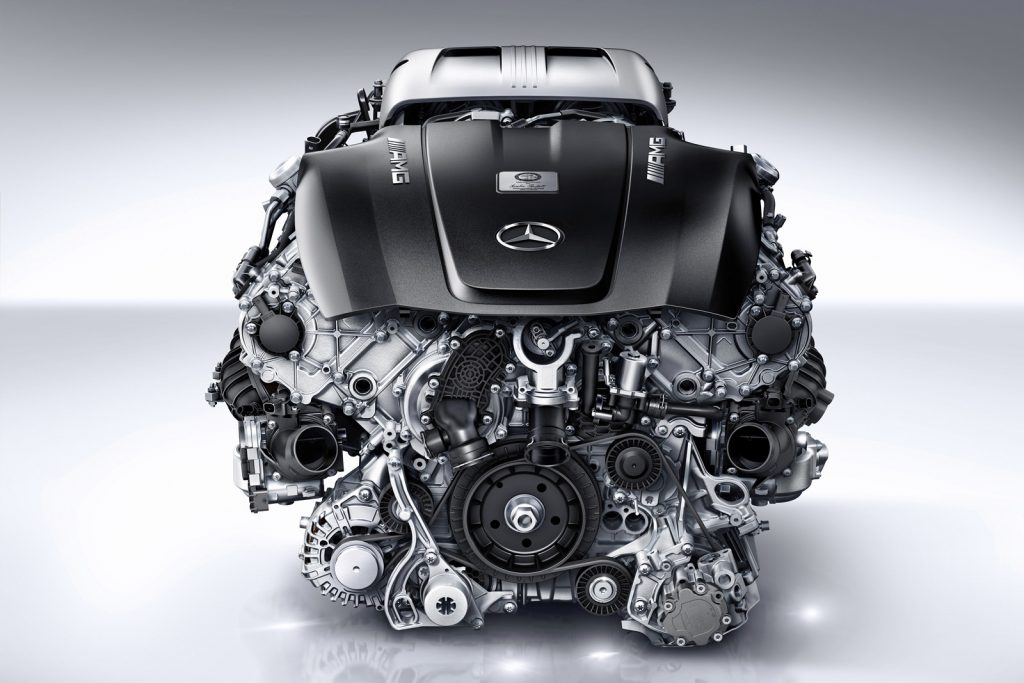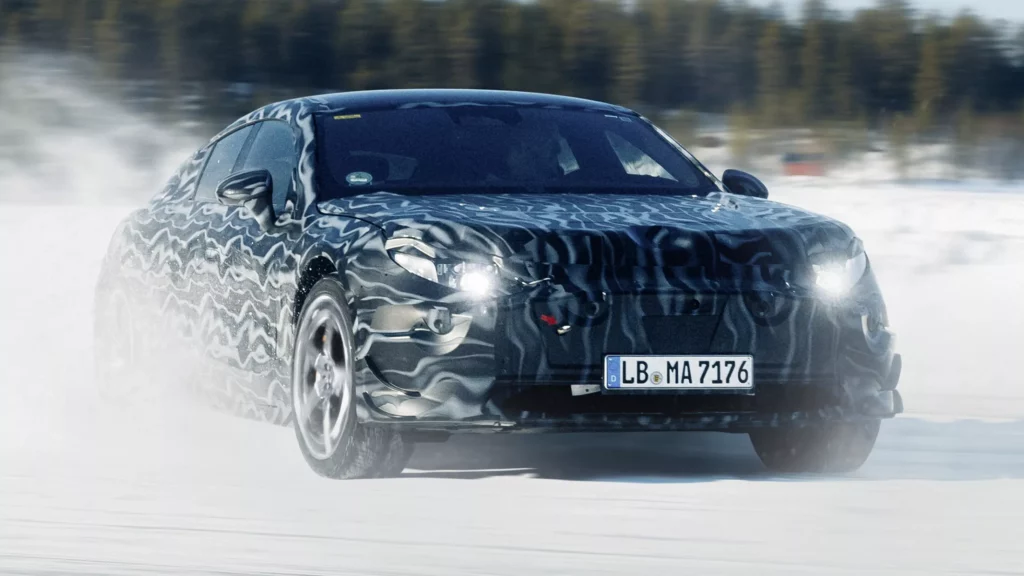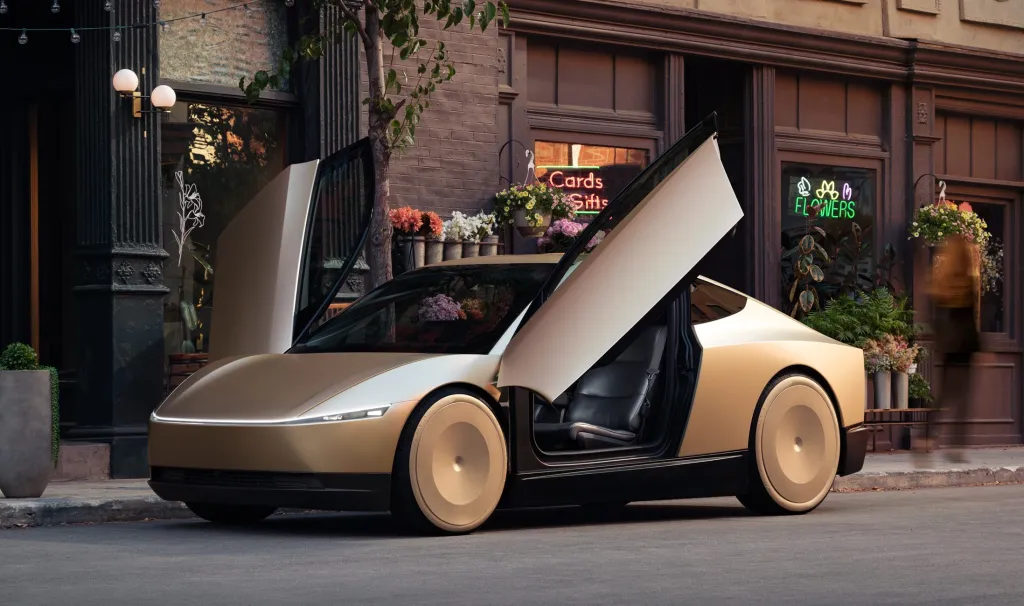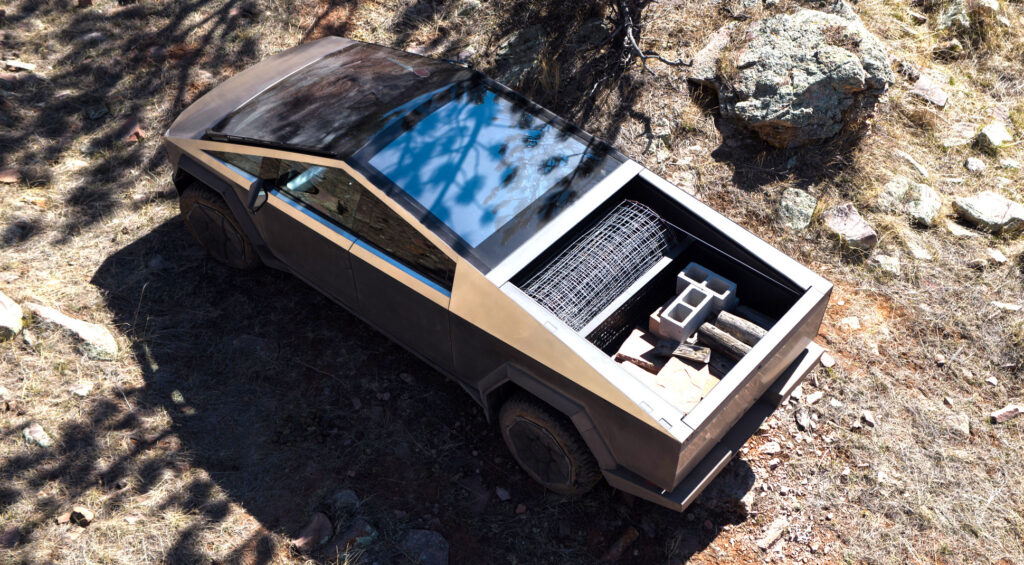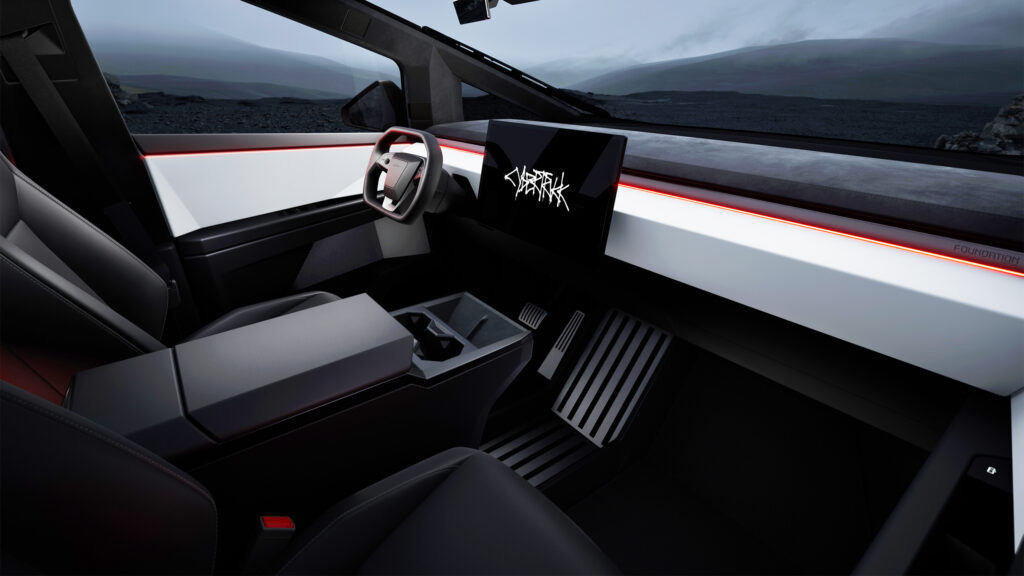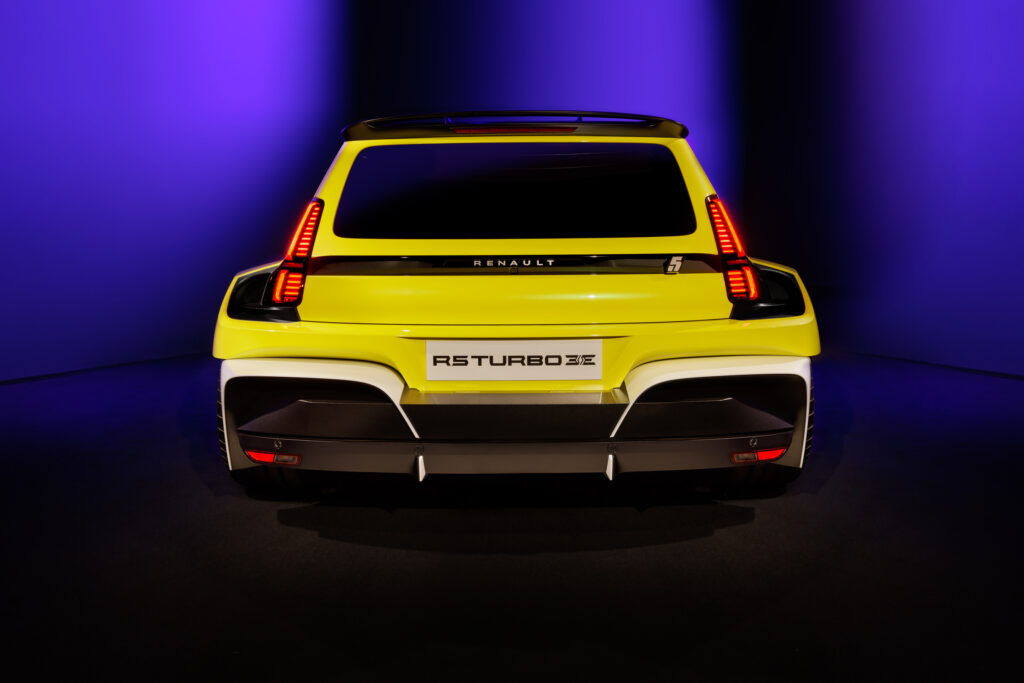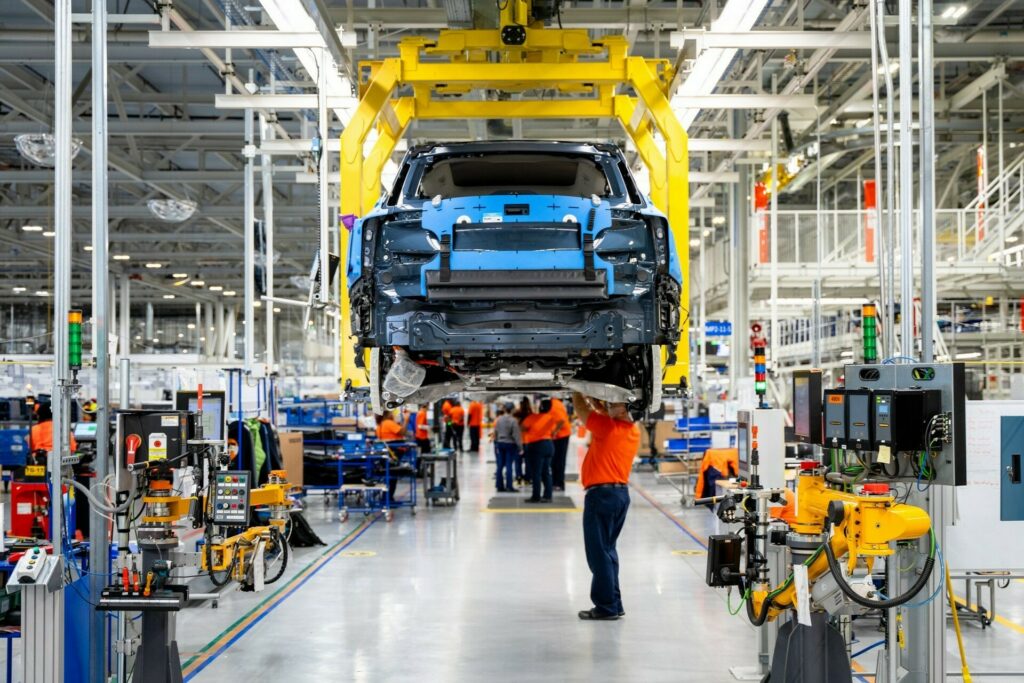Top government officials from the Province of Ontario, Canada have recently expressed interest in developing a maritime port on James Bay, which extends southeast of Hudson Bay. While a port in such a location could be built to berth mega-size ships, there will be need for negotiation between Ontario and Canada’s Federal Government in order to proceed with developing the proposed port.
Introduction
Close to 50 percent of Canada’s population lives in the Province of Ontario, which is also home to Canada’s largest manufacturing sector. Several maritime ports located at Thunder Bay, Sault Ste. Marie, Windsor, Hamilton, Oshawa and Johnstown connect Ontario to the Atlantic Ocean and international ports. Changing summertime weather conditions in Canada’s Arctic region now allow ships to sail between the North Atlantic and North Pacific Oceans. At present, a deep-water port operates at Churchill at the southwest corner of Hudson Bay, originally developed to export Western Canadian agricultural produce to Europe.
The railway distance between Toronto and Churchill is almost equal to that between Toronto and Vancouver. A comparatively short distance of railway line extends north from Toronto to within 12 miles of James Bay. The cost of railway transportation per unit of distance is much higher that that of waterway transportation - hence the interest in developing a port on James Bay, which would be within relatively close proximity to the Greater Toronto Area. Trans-Arctic summer sailing is beginning to make it possible for ships to sail between North American East Coast ports and East Asian ports, as well as North American Pacific ports.
Trans-Arctic Sailing
For a few months each summer, it has become possible to sail from the Beaufort Sea to Coronation Gulf and south of Victoria Island to Queen Maud Gulf and Chantrey Bay. During the late 1840s, the Franklin Expedition attempted to sail across the Canadian Arctic until their ships were trapped in the ice in the southern McClintock Channel. While warming summer Arctic conditions now allow vessels to sail between McClintock Channel and Hudson Bay, there may be a need to develop a navigation canal south of the Boothia Peninsula to assure Trans-Arctic sailing.
A short-distance navigation canal built at a strategic location such as passing south of the Boothia Peninsula and extending east to the Gulf of Boothia, would shorten sailing distance and potentially extend the duration of the Trans-Arctic sailing season. The Franklin Expedition was able to sail across the Foxe Basin and Gulf of Boothia into the McClintock Channel during mid to late 1840s, where their vessels became entrapped in the winter ice pack. In the modern era, there is the option of icebreaker ships clearing a navigation passage for cargo ships as the navigation season closes.
Northern Terminal
Trans-Arctic summer sailing between a port on James Bay and East Asian ports needs to be cost competitive, involving deep-draft container ships and bulk carriers of up to 60 feet keel depth. James Bay is shallow with average water depth of less than 200 feet. It would require dredging and installation of buoys with illumination to demarcate a navigation channel around shoals, to allow transit of mega-size container ships and super-size bulk carriers across the bay to a port.
Arctic weather conditions would restrict operations at a port on James Bay from 4 to 6-months per year, requiring that Ontario also make use of Great Lakes and Seaway ports. The short navigation season across the Arctic would likely discourage the Government of Canada from establishing customs offices at the port. As a result, trains would need to carry containers arriving at a port on James Bay to customs inspection offices located in the Toronto area.
Southern Option:
Four ports in Ontario are located within close proximity to an international bridge with customs inspection offices. Agreements negotiated with customs officials would allow ships arriving from overseas to offload containers at any of Johnstown, Port Colborne, Windsor and Sault Ste. Marie for transfer to trucks, which would then proceed to nearby customs offices. Customs offices are located near the Port of Hamilton at Hamilton International Airport, at the border at Niagara Falls as well as at Toronto International Airport. Containers arriving from overseas at Port of Hamilton may be shunted by rail to a nearby customs inspection location.
Over a period of several years, a ship that carries fewer than 700-TEU has sailed from Port of Antwerp to Port of Cleveland, delivering containers at competitive per-container transportation rates while competing with ships of 14,000-TEU capacity sailing to Port of Newark. After transferring containers to railway transportation to Port of Cleveland, the overall transportation cost per container exceeds that of direct ship transport. While there is potential for cost-competitive, direct container ship transportation from European ports to Ontario ports of Hamilton, Port Colborne and Windsor, there is a need to expand export container trade from Ontario to Europe.
Conclusions:
Future weather conditions in the Arctic region would determine the suitability of sailing ships between the Beaufort Sea and a port located on James Bay with railway access and capable of berthing mega-size ships. It offers potentially competitive per-container transportation rates between East Asian ports and the Greater Toronto Area, compared to ships sailing to Pacific ports and connecting with transcontinental freight trains. While there is likely a sufficient import volume of trade to warrant sailing a large ship, there will be a need to increase the volume of export trade traffic
A port on James Bay serving the occasional trans-Arctic mega-size ship would connect by rail into regions at and around both Toronto and Montreal. Navigation dimension restrictions along the Lower St. Lawrence River prevent mega-size container ships from sail between the North Atlantic and the Port of Montreal. The shortage of seasonal dock workers living near the proposed port at James Bay would require extensive automation of port operations, involving crane operations and the transfer of containers between ship and railway.



